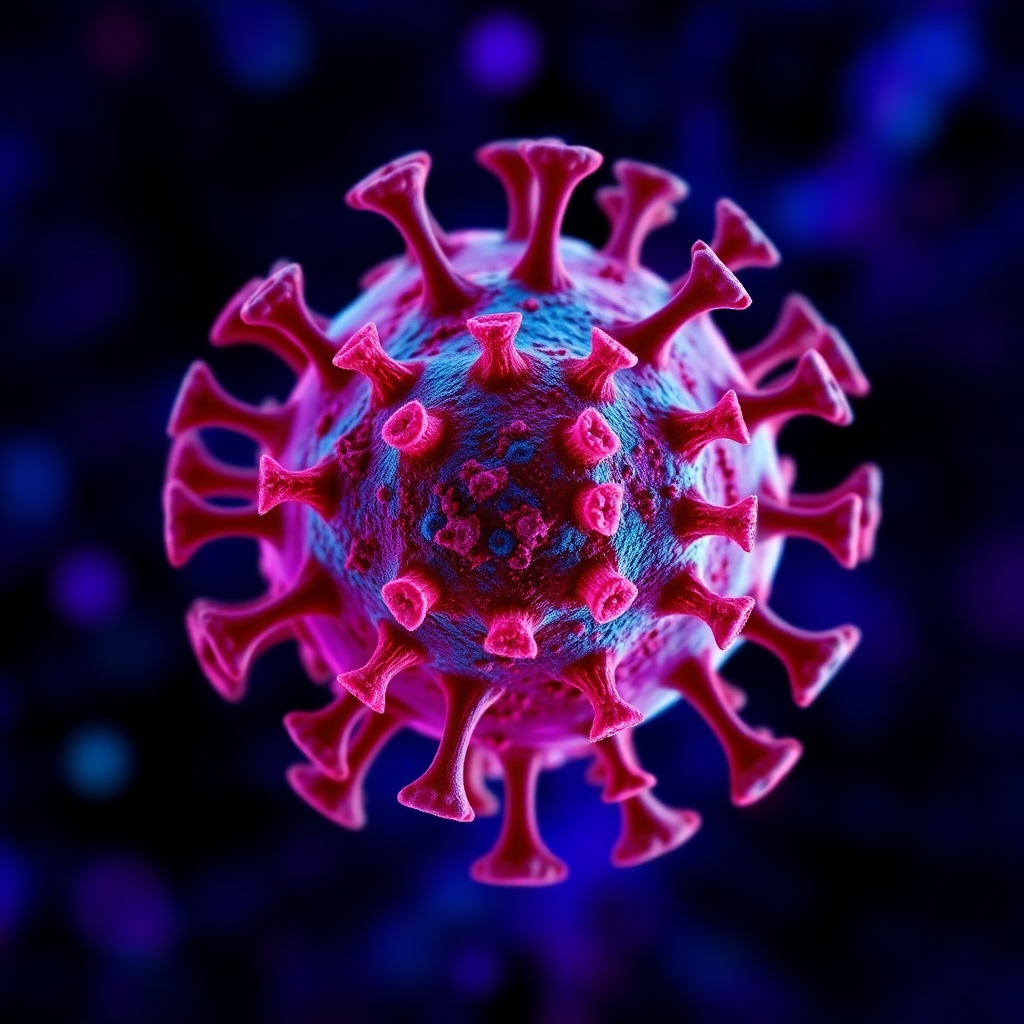1 CDC monitoring possible spike of HMPV cases in China
CDC Monitoring Possible HMPV Spike in China: What You Need to Know
A rise in Human Metapneumovirus (HMPV) cases in China has caught the attention of health experts worldwide. The Centers for Disease Control and Prevention (CDC) is actively monitoring the situation, signaling the need for vigilance. This article explores the implications of HMPV’s potential increase and what it may mean for global health.
Rising HMPV Cases in China: Initial Reports and Concerns

Initial reports indicate that HMPV cases are climbing in multiple regions of China. Health officials are concerned about the rapid spread of this virus, especially during the fall and winter months when respiratory illnesses typically surge. The CDC’s response highlights the growing concern about HMPV not just in China but globally.
The Significance of the CDC’s Monitoring Efforts
The CDC’s role is crucial in tracking diseases that may affect public health. By monitoring HMPV cases, the CDC aims to provide timely information that can lead to better preventive measures. Their efforts can help curb the spread of this virus before it becomes a larger threat.
Potential Implications for Global Health
An increase in HMPV cases in China may pose significant risks beyond its borders. Increased travel, trade, and human interaction can quickly spread respiratory viruses. Hence, understanding and controlling HMPV now could prevent future outbreaks worldwide.
Understanding Human Metapneumovirus (HMPV)
What is HMPV and How Does it Spread?
HMPV is a virus that primarily affects the respiratory system. It spreads through respiratory droplets when an infected person coughs or sneezes. Touching contaminated surfaces and then touching one’s face can also facilitate its spread.
Symptoms, Severity, and High-Risk Groups
Common symptoms of HMPV include:
- Coughing
- Fever
- Runny or stuffy nose
- Wheezing
While many people experience mild symptoms, HMPV can be severe for young children, the elderly, and those with weakened immune systems.
Existing HMPV Treatments and Prevention Measures
Currently, there are no specific antiviral treatments for HMPV. Supportive care, such as hydration and over-the-counter medications for symptom relief, is often recommended. Preventive measures include:
- Practicing good hand hygiene
- Staying away from sick individuals
- Avoiding crowded places during outbreaks
The Current Situation in China: Data and Analysis
Official Statements from Chinese Health Authorities
Chinese health officials report a noticeable increase in HMPV cases over recent weeks. They are advising the public to remain vigilant as they work to understand the virus’s spread.
Reported Case Numbers and Geographic Distribution
While the exact number of cases is still coming in, reports suggest a spike in urban centers. Public health officials are collaborating with hospitals to gather comprehensive data.
Challenges in Data Collection and Reporting
Accurate data collection poses challenges, especially in a vast country like China. Fluctuations in reporting and testing can skew numbers, making it difficult to gauge the outbreak’s true magnitude.
The CDC’s Response and Global Implications

The Role of the CDC in International Health Surveillance
The CDC plays a vital role in monitoring outbreaks worldwide. By tracking HMPV cases in China, they can inform international health policies and readiness.
Potential Impact on Global Travel and Trade
Increased cases may lead to stricter travel guidelines and health checks at borders. This could impact global trade and travel patterns, prompting travelers to stay informed.
Collaboration with International Organizations
The CDC is working closely with the World Health Organization (WHO) and other international organizations to share data and strategies. This collaboration is essential for effective response efforts.
Risk Assessment and Prevention Strategies
Protecting Vulnerable Populations

Identifying and protecting high-risk individuals is crucial. Measures can include vaccinations and increased healthcare accessibility.
Hygiene Practices to Minimize Transmission
To reduce the risk of HMPV spreading, individuals should practice:
- Regular handwashing
- Covering coughs and sneezes
- Using masks in crowded settings
Importance of Vaccination and Other Preventative Measures
Though no specific vaccine exists for HMPV, general vaccination against respiratory viruses can help. Staying up to date on vaccinations may reduce the overall impact on public health.
Moving Forward: What to Expect
Ongoing Monitoring and Data Updates from the CDC
Expect continuous updates from the CDC as they monitor the situation closely. This will be critical for public awareness and health strategies.
Potential for Future Outbreaks and Pandemic Preparedness
Health authorities are preparing for possible outbreaks. Scenarios include focused containment strategies to manage HMPV and other respiratory viruses effectively.
Key Takeaways and Call to Action
Stay informed about health advisories and practice preventive measures. Share this information with friends and family to keep everyone aware and safe.
Conclusion: Staying Informed and Prepared
As the CDC monitors the possible spike of HMPV cases in China, staying informed is essential. Understanding the virus and its impact can help individuals take necessary precautions. By working together, we can minimize risks and protect those most vulnerable.

















Post Comment